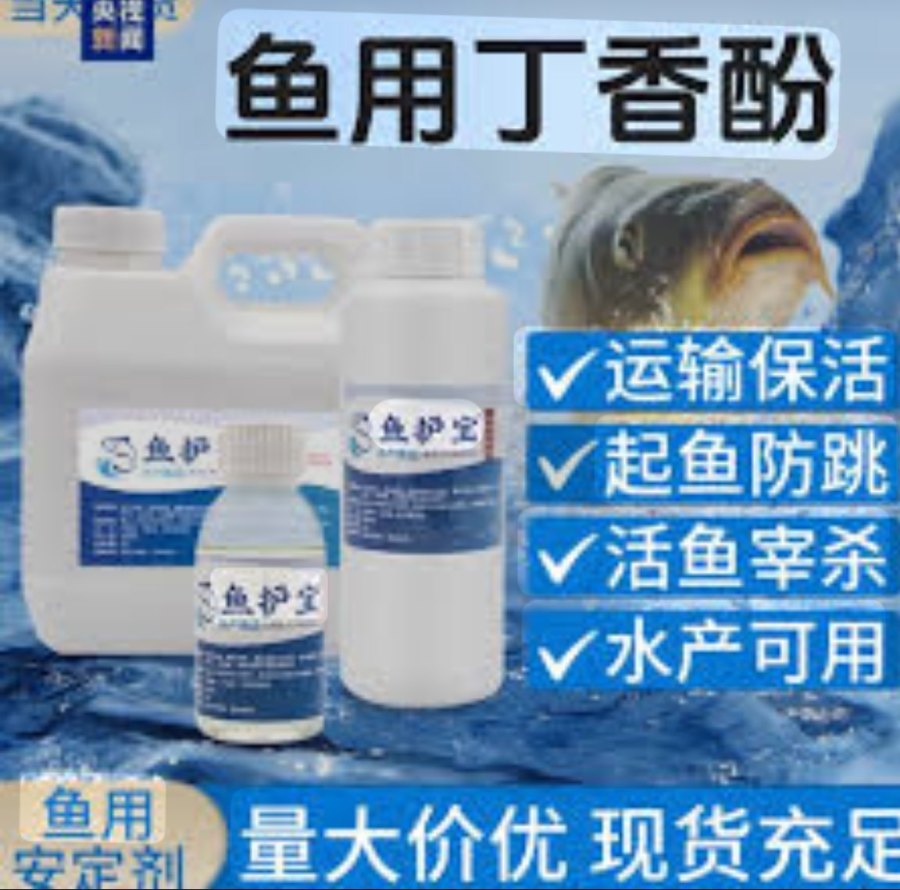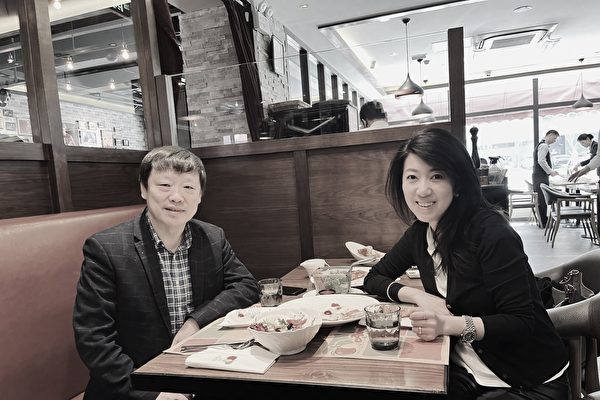Images: Fish anesthetics sold on mainland e-commerce platforms.
[People News] Nutritionists say eating fish is good for health, so fish often appears on Chinese dining tables. But recently, Chinese netizens exposed the dark secret behind “anesthetized fish,” making many people afraid to eat fish again. It turns out that, to prevent fish from dying during transport or injuring themselves when unloaded—which would affect their appearance and market value—vendors use anesthetics to sedate the fish before shipment.
In one viral video, a large number of lively fish are seen swimming in a tank awaiting transport. Workers pour several buckets of unknown liquid into the water. Within moments, the fish go still; some stop moving entirely. The workers then easily scoop the fish up and pack them into boxes.
In another video, an entire truckload of grass carp lie motionless in a near-dead state. Workers scoop them up with nets for shipment.
Industry insiders revealed that many fish species are naturally active and tend to injure themselves during unloading or long transport. Injured fish not only look less appealing but also have lower survival rates—leading to financial losses. As a result, many sellers add “fish anesthetics” to keep them calm during transport.
Traditionally, fish transporters used oxygenation methods to reduce mortality—keeping the fish calm and alive through added oxygen. However, compared to dumping anesthetics directly into the water, oxygenation is much more expensive.
So, what exactly is this “fish anesthetic”?
On Chinese e-commerce sites, products marketed as “fish sedatives” or “Fisherman’s Treasure” list eugenol (clove oil) as the active ingredient. Some ads boast: “Just one drop, and the fish obey your will.”

(Images: Fish anesthetics sold on mainland e-commerce platforms.)
A seller explained that their products are mainly supplied to large transporters or fish farms. Only about 20 ml per cubic meter of water is needed to induce anesthesia. The fish remain unconscious during transport and wake up alive upon arrival.
Another merchant admitted that the anesthetic has an odor, so they usually change the water before selling the fish. As for whether the drug is harmful to humans, he said he had “no idea.”
One blogger claimed that most live fish in seafood markets have been drugged, and that when fish have a strange “numbing” or “toothache-water” taste, that’s the anesthetic.
After the exposure of the “anesthetized fish” scandal, Chinese netizens expressed despair:“Everything we eat in China contains drugs—except the drugs themselves.”
Currently, countries such as Japan, New Zealand, Australia, and Chile allow the use of clove oil as a fish anesthetic, but the dosage is strictly limited to 10–100 mg per liter. In contrast, U.S. regulations explicitly prohibit the use of anesthetics when transporting edible fish destined for immediate consumption, to prevent harm to humans.
However, insiders in China’s aquaculture industry revealed that sellers generally add anesthetics based on guesswork, with no knowledge of safe dosage standards or health risks:“They think as long as the fish wake up, the anesthetic’s gone—so it’s fine.”
Experts warn that in China there are no specific regulations governing the anesthetization of live fish, creating a major regulatory vacuum. Regardless of the anesthetic used, proper dosage should depend on factors like tank size, number of fish, and chemical concentration. Currently, the dosage depends solely on the merchants’ “experience and conscience”—a terrifying reality.
In addition to anesthetics, many fish vendors add malachite green, an industrial disinfectant, to prevent death and keep fish looking “fresh.” However, malachite green is a known carcinogen.
Last year, Taiwan customs detected banned antibiotics—enrofloxacin carboxylic acid—in “frozen yellow croaker” imported from China. Excessive intake of such antibiotics can damage kidney function.
The “anesthetized fish” videos reignited public concern over food safety, with people lamenting:“The only thing in China not containing drugs is medicine itself.”
In fact, “anesthetized fish” are just one example among many: borax pork, waxed apples, formaldehyde cabbage, chemically soaked lychees—bizarre-sounding terms that are actually secret preservation tricks widely used in mainland markets.
China has become what observers call a “mutual-harm society”—or even a “mutual-destruction society”—in which food-safety risks pervade every stage from production to consumption. In this system, those who harm others for profit are themselves victims of others’ toxic products.
For example:
-
The seller of chemical beef may be eating toxic rice.
-
The producer of toxic rice celebrates his fortune with fake liquor made from industrial alcohol.
-
Employees at fake liquor companies buy baby formula tainted with melamine.
-
In the canteen of a milk-powder company, workers are served lunches made with chemical beef.
Distrust and fear have permeated the entire society. △











News magazine bootstrap themes!
I like this themes, fast loading and look profesional
Thank you Carlos!
You're welcome!
Please support me with give positive rating!
Yes Sure!